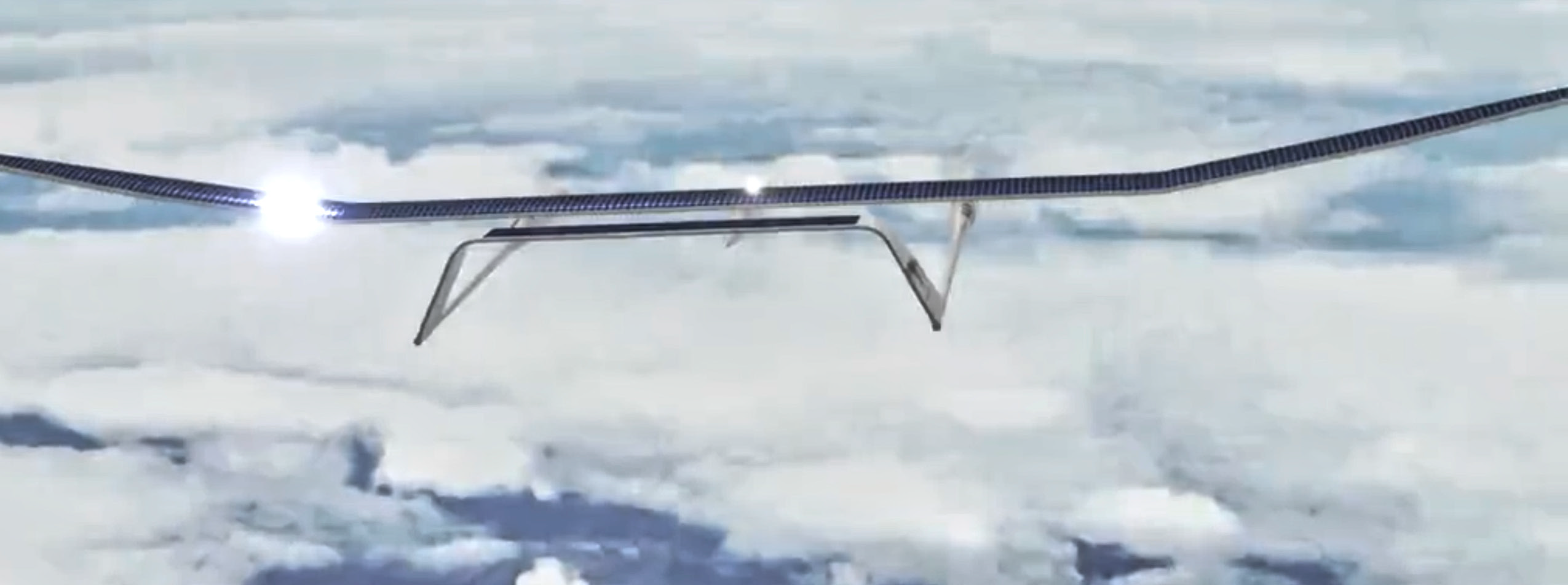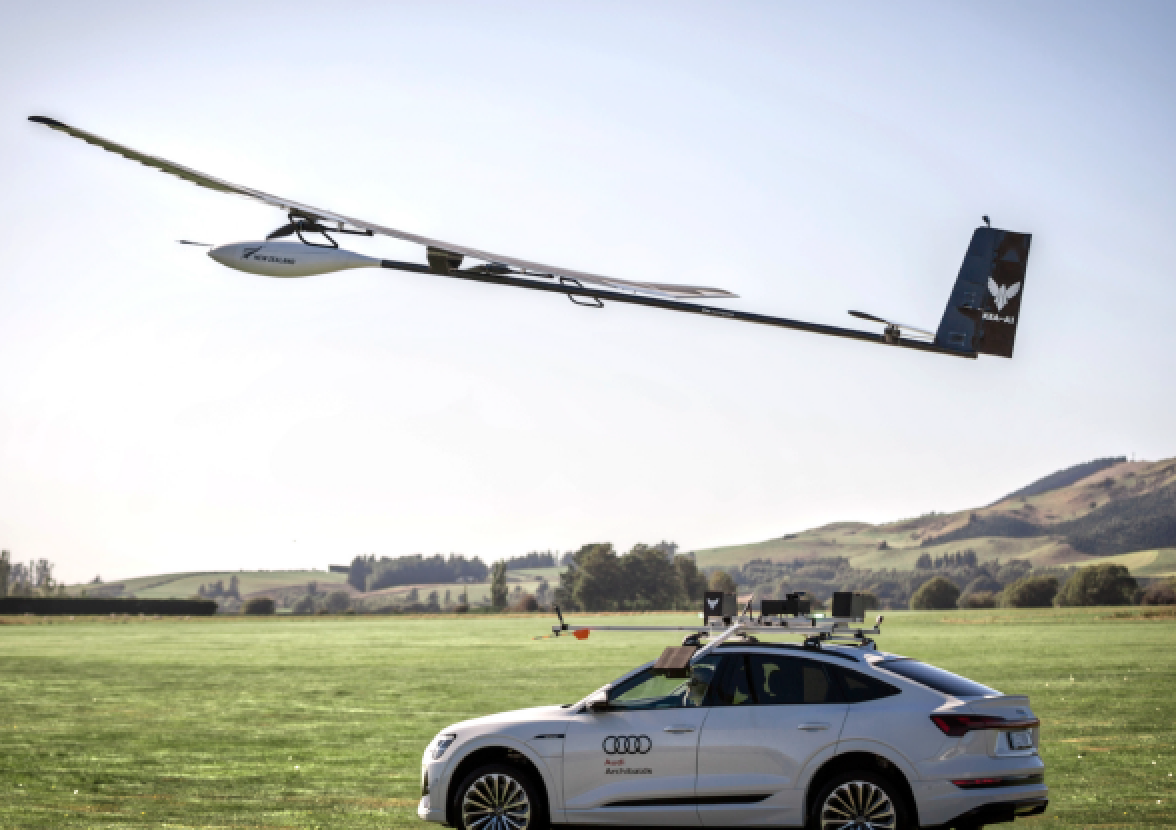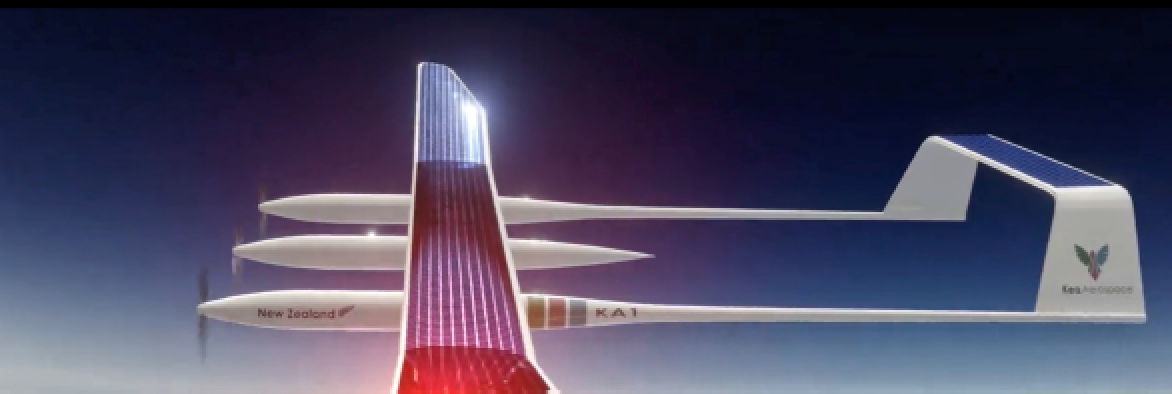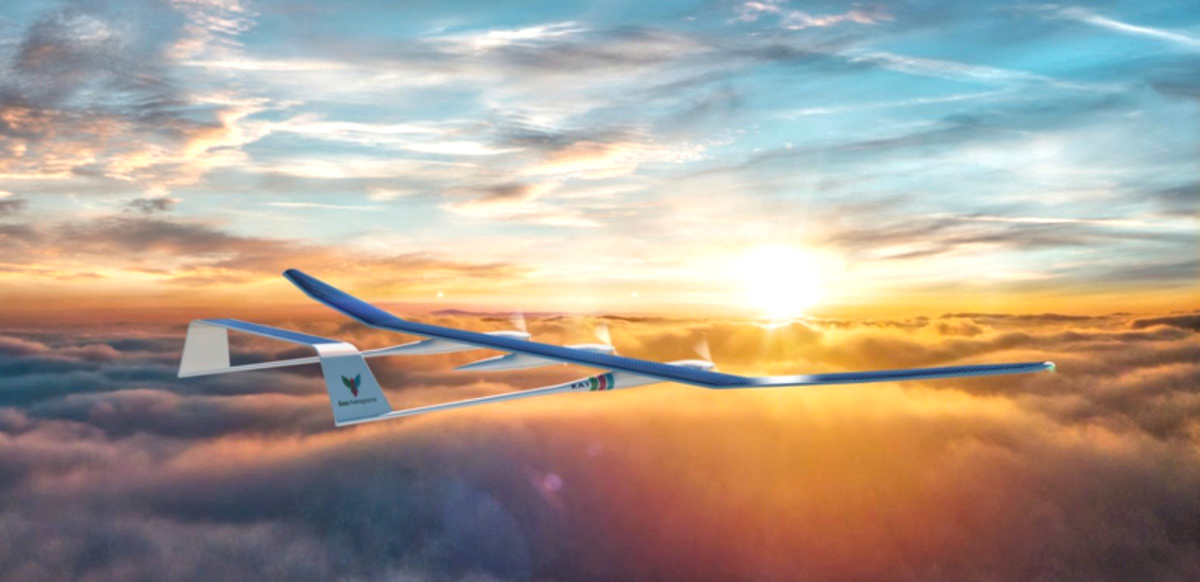The age of aviation began in the early 20th Century, building the foundation for the exploration of the skies — the journey started with flights only several feet into the atmosphere, and steadily, over decades, we have taken incremental steps to reach its upper reaches, with a few specialist and experimental aircraft now operating at the limits of conventional flight.

Although some of these aircraft have pushed the limits with routine operations to over 80,000 feet (24 km), the vast majority of our interactions with the atmosphere exist within its lowest bounds. If we take the Kármán line, the commonly agreed altitude above sea level defining the boundary to space as 328,000 ft (100 km), nearly all of our activity exists in the lowest 10% of the atmosphere.
There are estimated to be around 7,000 commercial airliners in the sky at any given time, nearly all of these have service ceilings of only 41,000 ft (12.5 km). This lowest layer, where nearly all of our activities take place, is known as the troposphere.
Into The Stratosphere
HAPS are flying into the stratosphere which is a region of the atmosphere that is relatively untouched by human aviation in comparison to its neighbor below, particularly beyond its lowest margins. Putting rockets aside for a moment, only high-altitude military aircraft, the Concorde and long-duration balloons have made regular visits deep into the stratosphere.
HAPS is an umbrella term for uncrewed vehicles that operate in the stratosphere, between 12 and 50 kms above sea level. The term can be used interchangeably with high-altitude pseudo satellite and high-altitude platform systems.
An operational altitude of 17 to 22 kms is commonly chosen, as this layer is typically above the jet stream and has relatively low wind speed and limited turbulence. This stability is critical for HAPS operation as the airframes are fragile and the power available to make headway into wind is limited. Operations at such altitudes also place the aircraft in clear airspace above all commercial air traffic.
There are two main categories of HAPS: aerostatic and aerodynamic. Aerostatic HAPS, such as high-altitude balloons and airships, are buoyant because the gas they contain is less dense than the atmosphere, providing lift. On the other hand, aerodynamic HAPS, such as unmanned aerial vehicles (UAVs), rely on lift generated by pressure differences when the vehicle is in motion.

A High Altitude Clean Machine
Operations at altitude, above the weather and clouds, enables another key part of the HAPS design, consistent power from the Sun. With consistent solar energy available during daylight hours, the platform is able to charge and continue operations through the night on batteries, ready to charge again the next day.
There are latitudinal and seasonal constraints on these operations but this approach permits perpetual flight. Their operations are unrestricted with this model, able to stay airborne for months at a time, only returning to the surface for maintenance or payload swaps. The use of solar also eliminates a direct carbon footprint from aircraft operations, making HAPS a carbon-neutral choice over conventional crewed aircraft.
Additionally, they are less expensive and simpler to launch when compared to satellite systems and offer a sustainable and cost-effective solution through their design which allows them to be overhauled and reused with reconfigured payloads as desired. HAPs can also be returned to the ground for repair if something is wrong with the aircraft or payload.
HAPS use advanced technologies and materials that can withstand extreme environments, making them an ideal platform for testing space-bound hardware and new greener aerospace technology.
Their high altitude status also presents an opportunity to extensively test payloads in a near-space environment with the opportunity to return to the ground for troubleshooting and upgrades.
This allows ideas to be well-tested before irretrievable deployment to space. Prototypes can also be tested in the early stages of instrument development and retrieved for performance analysis.

HAPS Applications
There are many reasons why flying to the stratosphere will play a key role in technological advancement. HAPS are positioned to play a revolutionary role in the future of earth observation designed to bridge the gap between lower-altitude crewed aircraft and satellites.
By integrating remote sensing systems on the aircraft including cameras and radars, a broad range of applications open up.
This includes scientific Earth Observation (EO), environmental monitoring, disaster response, search and rescue missions, smart city management, and precision agriculture.
As HAPS are much closer to the Earth’s surface than conventional satellites, they can offer greatly improved spatial resolution. The expectation is that optical sensors deployed to the stratosphere will double the currently available resolution from commercial satellite operators. This ability could significantly improve the value of aerial photography with large areas surveyed regularly and on demand.
A number of atmospheric sciences applications exist including the evaluation of high-altitude weather models, collection of space dust and microplastic sampling.
There are also opportunities to turn the cameras away from Earth, and look to the stars as the platform is above 90% of the atmosphere, perfect for astronomy.
Telecommunications are also set to enter a new era. HAPS can position over regions with limited connectivity and provide low latency internet connections; HAPS will act as cell towers in the sky.
With approximately half of humanity having no connections to the internet, and the costs of developing infrastructure to connect remote regions high, there is still much to be done to have a truly connected world.
HAPS offer part of the solution. They can also be used to support connectivity in high-demand regions.
For instance, additional capacity can be delivered when demand is high, as tens of thousands of users overload terrestrial networks during sporting events or festivals,
HAPS can bolster services. Current satellite internet providers (e.g. Starlink) require the user to have a large antenna at the surface. Internet provided from the stratosphere will provide direct-to-device services.
With Beyond Line of Sight (BLOS) technology available to control HAPS remotely, it enables long-endurance operations with an almost unrestricted range. Navigation instructions can be relayed to the aircraft via a satellite link allowing highly flexible mission profiles that can be changed on demand as priorities or objectives change.
This ability combined with their endurance results in a unique outcome, perpetual flight with maximum flexibility. This means fleets of HAPS can be controlled and tasked from mission control centres to retrieve and share information like never before.

The Airbus Zephyr HAPS, photo courtesy of the company.
The Satellite Gap
Many of Earth’s natural and human processes also happen quickly, meaning that satellite sensors may miss such occurrences. HAPS have the flexibility of flight over orbit, meaning they can achieve dwell times over targets that are impossible for satellites.
Satellite passes are dictated by their orbits with exact repeat passes taking a minimum of several days. By pointing their instruments left and right, this can be reduced to gain revisit times that are sub-daily.
Still, these revisits cannot compete with a system that is constantly over the area of interest; this makes HAPS particularly valuable for processes or events that happen quickly.
This will give the military/agency/government (MAG) or commercial user the capability to consistently monitor an area to capture all the details to advance knowledge or provide meaningful information for decision-making.
Disaster response has been identified as benefiting significantly from the deployment of HAPS. Near real-time imagery could be provided to achieve better situational awareness for responders after cyclone, earthquake, wildfire or tsunami events.
With better data, first responders can be more effectively guided and the right resources can be delivered to where they are needed most.
The aircraft can then be used to establish emergency communication links post-disaster as terrestrial networks are typically damaged or destroyed.
HAPS Milestones
With initial headway made by NASA efforts to fly solar-powered in the stratosphere, now multiple players are attempting to achieve long-endurance flight in the stratosphere.
There have been some remarkable milestones in recent years. HAPSMobile, a joint venture between Aerovironment and SoftBank, has developed Sunglider™, a solar-powered HAPS that aims to provide wireless communications to billions of people who lack access to 5G networks. Sunglider™, can fly at altitudes of up to 20 km, providing coverage to an area of up to 150 km. This makes it ideal for connecting remote and rural communities to the internet and other communication services, fostering business growth, education, and other services in previously underserved area.

Airbus has also achieved a significant milestone in the industry, developing a world-record-breaking HAPS called Zephyr (Photo above). Zephyr is a solar-powered, fixed-wing HAPS that can fly continuously for months at an altitude of around 70,000
ft. It is the only fixed-wing HAPS to have demonstrated day/night longevity in the stratosphere, making it revolutionary for a variety of industries. In June of 2022, the Zephyr S took to the skies over the Arizona desert and completed a 64-day flight covering 56,000 km over the region.
The Future Of HAPS
Whether used as a stand-alone platform or integrated into a data stream from existing satellite networks, the future of HAPS is compelling. The use of the stratosphere will open up an entirely new industry for earth observation and telecommunications filling the current gap in satellite capability.

The use of HAPs will drive the expansion of activities into the next layer of the atmosphere, all the while providing a novel way to observe Earth and connect more people than ever before.
www.keaaerospace.com

